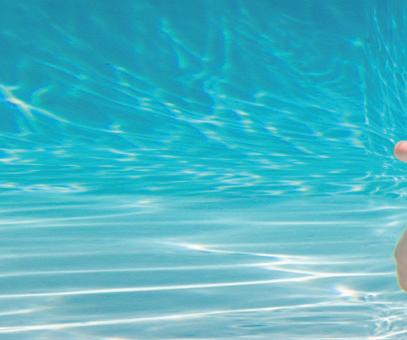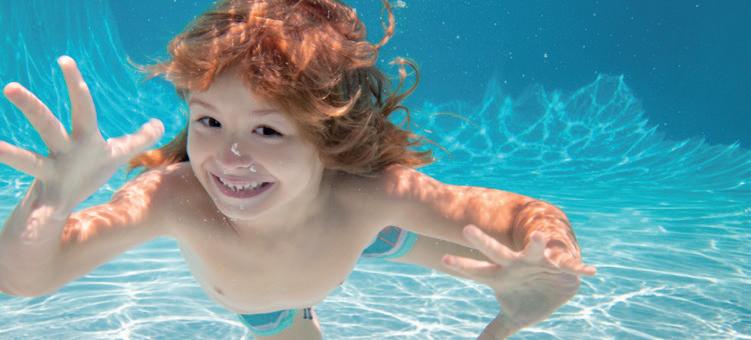
3 minute read
Algorithms are developed to identify potential highperformance swimmers
LATEST NEWS
Talent identification systems in sports are based on physical, physiological, psychological, sociological, and genetic factors, without neglecting previous experience. These factors consider variables that are associated with sports performance; for example, for junior swimmers, performance can be mainly affected by leg length, shoulder width, and height, as established by researchers from the University of Minia, Egypt, through their study where they developed a system that uses two automated algorithms that allow image processing based on anthropometric measurements. In order to identify potential junior high-performance swimmers.
Advertisement
In their study involved 15 children aged between 9 - 10 years, the system included the connection of a digital scale to a computer in order to establish the weight of the swimmer automatically; then the participants were photographed front and side considering specifications. The detection of body contour from photographs and mathematical equations continued; the algorithms used were Canny or Fuzzy; The images were initially to be converted to a binary image that considers two values for each pixel or to a grayscale image, respectively.
The body silhouette is then extracted from the images, either from a Canny edge detector (Canny, 1986) or by fuzzy logic (Fuzzy); after this, points of the characteristics of the body are detected and finally, the automatic body measurements are obtained. The values of the body measurements obtained (8 measures: height, leg length, foot, arm, hand, shoulder width, hip, and chest) were compared with those of a database system of junior high-performance swimmers (144 swimmers under 14 years of age).

Only 4 junior swimmers presented the appropriate measures that are associated with high performance for this sport. The authors highlight the use of these algorithms for their low cost, easy use, reduction of error in manual taking measurements, and the possibility of being implemented in urban and rural areas. In addition, this system detects about 101 points of body characteristics that recognize 36 measurements, but for this sport, only 8 measurements are required, so the proposed system can not only be used for the selection of potential swimmers, but for other types of sports. For more information, you can consult Moness, et al., 2021.
Writing by Claudia Mejía Morales, PhD

Research and Development Analyst at Drox Health Science. PhD in Biosystematics, Ecology and Management of Natural and Agricultural Resources, with orientation in Biotic Products; Master in Environmental Sciences, with orientation in Environmental Technology.
Source:
Moness, M., Loutfy, S. K., & Massoud,M. A. (2021). Selecting Promising Junior Swimmers in Egypt Using Automated Biometric Algorithms of Image Processing and Fuzzy Concepts. IEEE Access, vol. 9, pp. 89476-89496, doi: 10.1109/ACCESS.2021.3088409.
Canny, J. (1986). A computational approach to edge detection. IEEE Transactions on pattern analysis and machine intelligence, (6), 679-698.










